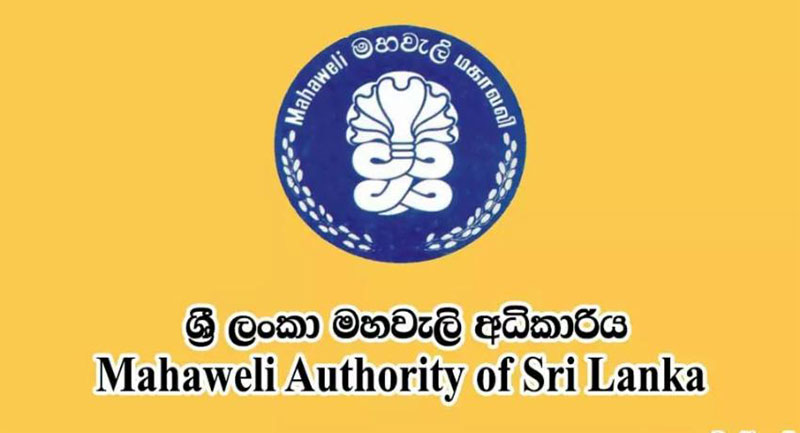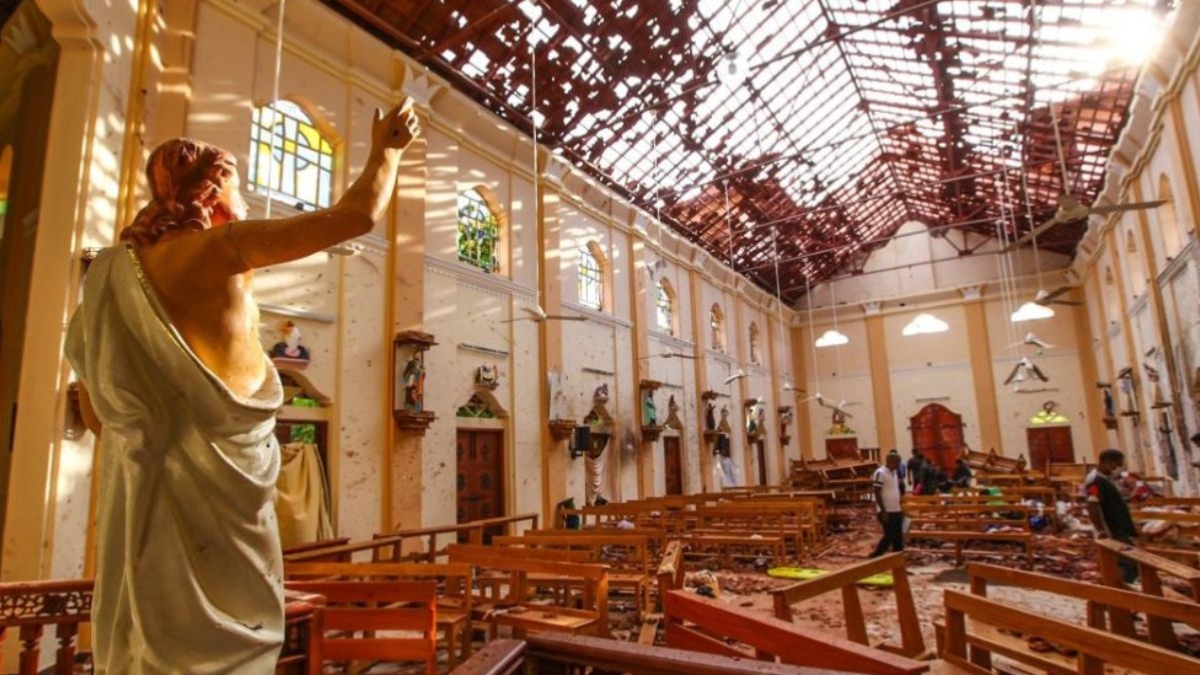The potential available in lands under Mahaweli Project, which cover about one third of farming areas of the Dry Zone, could easily help the country become self-sufficient in healthy foods, provided it is managed properly. However, at present, the main focus of the Mahaweli Authority of Sri Lanka (MASL) is mainly on Operation & Maintenance of Canal network feeding the farms. Main purpose of the Mahaweli Restructuring & Rehabilitation Project (MRRP) funded by the World Bank in 2000 was to diversify that objective to cover enhancement of agriculture aspects also.
System H Irrigation Systems covering about 20,000 Hectares commanded under Kalawewa Tank located in the Anuradhapura District was used as a pilot area to initiate this effort. However, only the Canal Rehabilitation component of the MRRP was attended because of the government policy at that time. Restructuring component is still awaiting to be completed.

Only, a strategy called Water Quota was introduced under the MRRP to initiate the restructuring component. However, the management restructuring required addressing the agriculture component expected under MRRP is still not attended. Propose Strategy Total length of the canal network which needs seasonal maintenance is about 1,000 Km in a typical large-scale irrigation project such as Kalawewa.
Main role of the Resident Project Managers (RPM) appointed to manage such projects should be to enhance the food production jointly with the Farmer Organizations. Therefore, the abbreviation used for RPM should be redefined as Resident Production Manager. The role of a Production Manager is not limited to maintenance of canal networks as adapted presently.
In the current production phase, Irrigation projects should be perceived as a Food Producing “Factory” – where water is the main raw material. Farmers as the owners of the factory, play the role of the labour force of the factory. The Production Manager’s focus should be to maximize food production, deviating from Rice Only Mode, to cater the market needs earning profits for the farmers who are the owners of the “factory”.
Canal systems within the project area which need regular maintenance are just “Belts” conveying raw materials (water) in a Typical Factory. Required Management Shift In order to implement the above management concept, there is a need for a paradigm shift in managing large scale irrigation projects. In the new approach, the main purpose of managing irrigation systems is to deliver water to the farm gate at the right time in the right quantity.
It is a big challenge to operate a canal network about 1000 KM long feeding about 20,000 Hectare in a typical Irrigation System such as Kalawewa. It is also very pathetic to observe that main clients of irrigation projects (farmers providing labor force) are now dying of various diseases caused by indiscriminate use of agrochemicals. Therefore, there is a need to minimize the damages caused to the ecosystems where these food production factories are located.
Therefore, the management objectives should also be focused on producing multiple types of organically grown crops, profitably without polluting the soil and groundwater aquifers causing diseases like Kidney Failures. Proposed Management Structure Existing management staff should either be trained or new recruitments having Production Engineering background, should be made. Water should be perceived as the most limited input, which needs to be managed profitably jointly with the farming community.
Each Production Manager could be allocated a Fixed Volume of water annually, and their performance could be measured in terms of $s earned for the country per Unit Volume of water, while economically upgrading a healthy lifestyle of the farmers by using climate smart agriculture. In addition to the government salary, the production management staff should also be compensated in the form of incentives, calculated in proportion to income generated by them from their management areas. It should be a Win-Win situation for both farmers as well as officers responsible for managing the food production factory.
Operation of the Main Canal to cater flexible needs of each factory is the main responsibility of the Resident Production Manager. In other countries, the term used to measure their performance is $ earned per gallon of water to the country, without damaging the ecosystem. Recent Efforts Mahaweli Authority introduced some of the concepts explained in this note during 2000 to 2006, under MRRP.
It was done by operating the Distributary canals feeding each block as elongated Village Tanks. It was known as the Bulk Water Allocation (BWA) strategy. Recently an attempt was made to digitize the same concept, by independently arranging funds from ICTA / World Bank.
In that project, called Eazy Water, a SMS communication system was introduced, so that they can order water from the Main Reservoir by sending a SMS, when they need rather; than depend on time tables decided by authorities as normally practiced. Though the BWA was practiced successfully until 2015, the new generation of managers did not continue it beyond 2015. Conclusion The recent Cabinet decision to close down the MASL should prompt the MASL officers to reactivate the BWA approach again.
Farmer Organisations at the distributary canal level responsible for managing canal networks covering about 400 Hectares can be registered as farmer cooperatives. For example, there are about 50 farmer cooperatives in a typical irrigation project such as Kalawewa. This transformation should be a gradual process which would take at least two years.
I am sure the World Bank would definitely fund this project during the transition period because it is a continuation of the MRRP to address the restructuring component which was not attended by them in 2000 because of government policy at that time. System H could be used as a pilot demonstration area. Guidelines introduced under the MRRP could be used as tools to manage the main canal.
World Bank funded Agribusiness Value Chain Support with CSIAP (Climate Smart Irrigated Agriculture Project) under the Ministry of Agriculture which is presently in progress could also provide necessary guidelines to initiate this project. by Eng. Mahinda Panapitiya Engineer who worked for Mahaweli Project since its inception.
Top

A strategy for Mahaweli authority to meet future challenges amidst moves to close it down

The potential available in lands under Mahaweli Project, which cover about one third of farming areas of the Dry Zone, could easily help the country become self-sufficient in healthy foods, provided it is managed properly. However, at present, the main focus of the Mahaweli Authority of Sri Lanka (MASL) is mainly on Operation & Maintenance [...]









